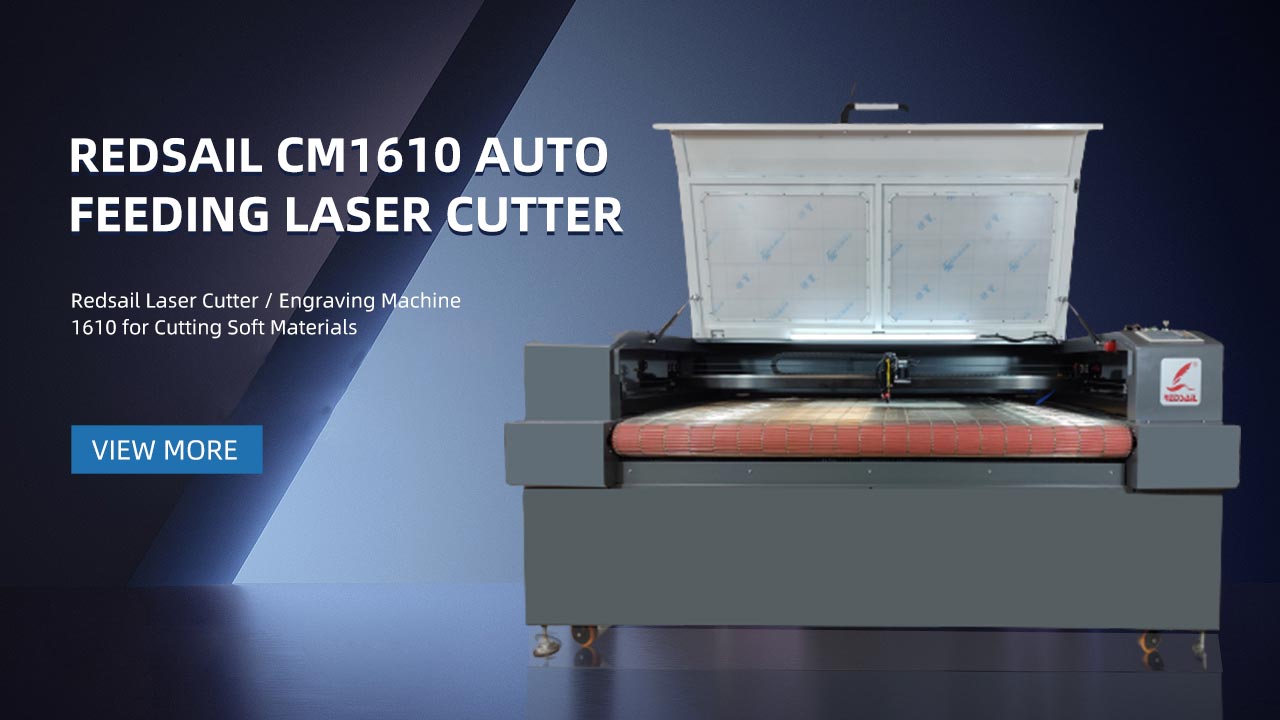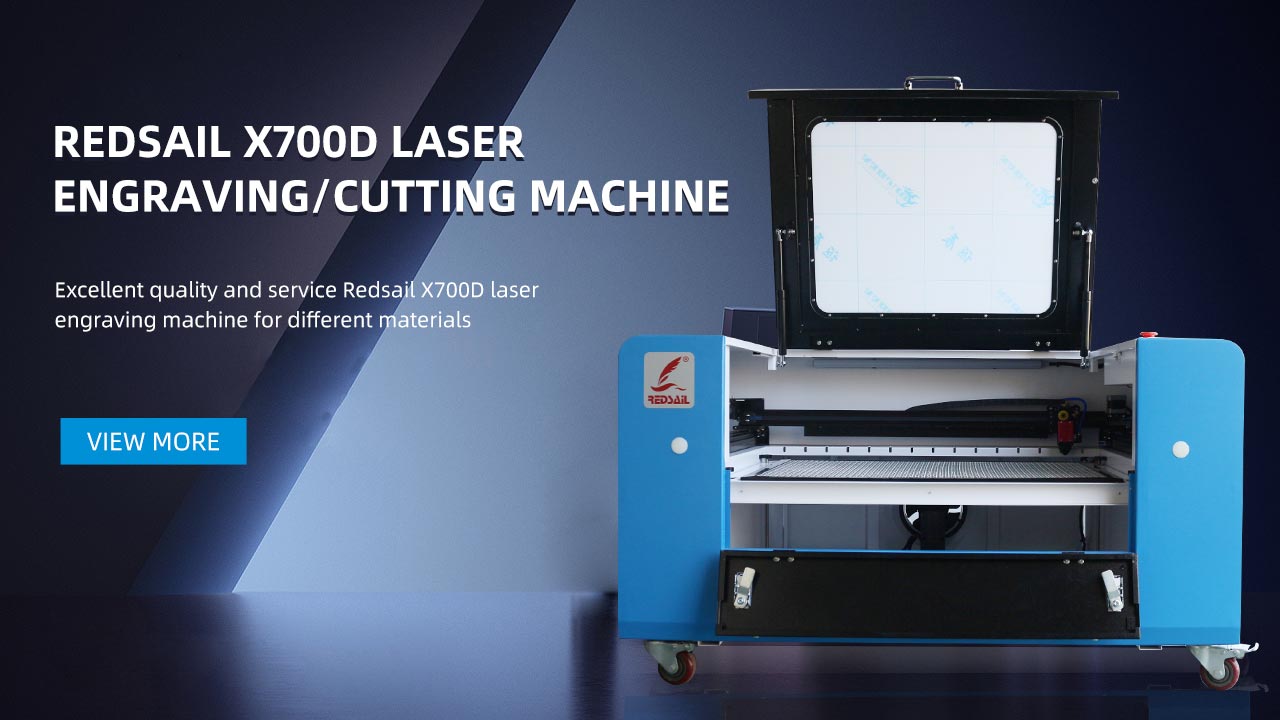Polycarbonate is a popular material used in various industries for its high impact resistance, transparency, and heat resistance. However, cutting polycarbonate can be a challenging task due to its thermal sensitivity and tendency to melt during traditional cutting methods.
The Rise of CO2 Lasers
CO2 lasers have become the new standard for polycarbonate cutting due to their precision, speed, and minimal thermal stress on the material. These lasers use a high-powered CO2 gas mixture to generate a laser beam that can cut through a wide range of materials, including polycarbonate, with ease.
Benefits of CO2 Lasers for Polycarbonate Cutting
- Precision: CO2 lasers can cut intricate designs and shapes with high precision, resulting in clean and smooth edges.
- Speed: The high cutting speed of CO2 lasers allows for efficient production and reduced lead times.
- Minimal thermal stress: Unlike traditional cutting methods, CO2 lasers produce minimal heat-affected zones, reducing the risk of thermal damage to the polycarbonate.
- Versatility: CO2 lasers can cut through various thicknesses of polycarbonate, making them suitable for a wide range of applications.
Application of CO2 Lasers in Industries
CO2 lasers are widely used in industries such as automotive, aerospace, electronics, and signage for cutting polycarbonate parts, components, and products. With their ability to produce high-quality cuts without compromising the material’s properties, CO2 lasers have become an indispensable tool for these industries.
Conclusion
CO2 lasers have established themselves as the new standard for polycarbonate cutting, offering unparalleled precision, speed, and versatility. With their ability to overcome the challenges associated with traditional cutting methods, CO2 lasers have become a game-changer in the manufacturing and production of polycarbonate products.
FAQs
1. Can CO2 lasers cut through thick polycarbonate sheets?
Yes, CO2 lasers are capable of cutting through various thicknesses of polycarbonate, making them suitable for a wide range of applications.
2. Are CO2 lasers suitable for cutting intricate designs and shapes in polycarbonate?
Yes, CO2 lasers offer high precision and can cut intricate designs and shapes in polycarbonate with ease.
3. How do CO2 lasers minimize thermal stress on polycarbonate?
CO2 lasers produce minimal heat-affected zones, reducing the risk of thermal damage to the polycarbonate during cutting.



